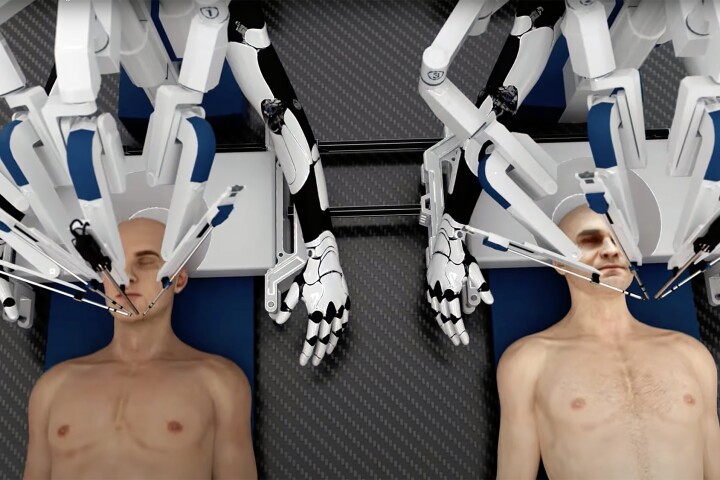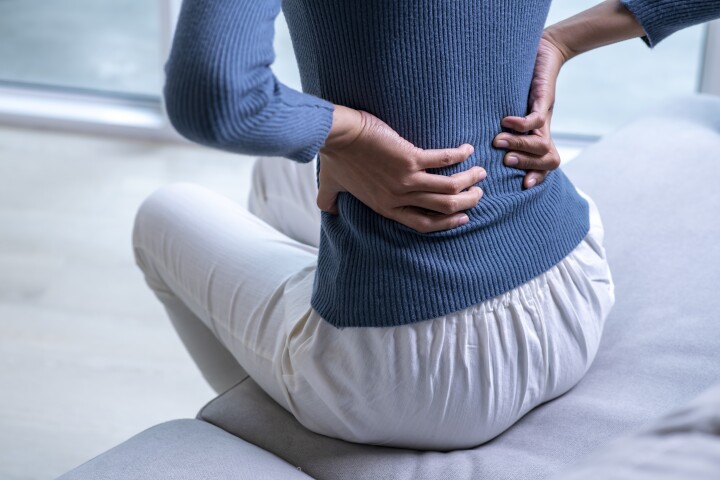Spinal
-
In what sounds more like the opening scene from a B-grade sci-fi/horror flick, head transplant operations performed entirely by AI-robot surgeons could be coming to a hospital near you within a decade, if startup BrainBridge is to have its way.
-
It feels like back pain comes for many of us at some point in our lives, and it’s tricky to treat. A new gene therapy, which repairs damaged discs and reduces pain, has shown promise in mouse tests.
-
Applying red-light therapy to a damaged spinal cord protects and regenerates nerve cells, leading to a return of motor and sensory function, according to new research. The treatment could expand limited treatments for people with spinal cord injuries.
-
Researchers have developed drug-loaded nanoparticles that target the cells that cause damaging inflammation following a spinal cord injury. The novel nanotherapy opens the door to new therapeutic possibilities for people with spinal injuries.
-
In big news for the millions who suffer from chronic lower back pain due to degraded disks, scientists have made a potentially huge breakthrough in understanding its cause at a microscopic level, paving the way for effective cell therapy to relieve it.
-
Scientists at Johns Hopkins have developed a new spinal stimulator that can help restore lower limb function to paralyzed patients. The tiny device can be non-invasively implanted through a syringe.
-
A complete spinal cord injury results, tragically, in total paralysis of all limbs and muscles below the injury site. But now, scientists at EPFL have demonstrated in mice a new gene therapy that can regenerate nerves and restore the ability to walk.
-
Loss of arm and hand mobility is a common and devastating disability among stroke survivors, but a promising new study shows how cervical spinal cord stimulation could improve limb function and restore quality of life.
-
Electrical spinal stimulation can help paralyzed people walk again. In a promising new clinical trial, scientists have identified the specific neurons being stimulated, and found that patients can still walk even after the implant was turned off.
-
In a world-first clinical trial, three babies have been born after receiving stem cell treatment for spina bifida. A stem cell patch is applied to the fetus’ spine while still developing in the womb, and early results are promising one year on.
-
A drug under investigation as a cancer treatment has shown exciting promise in a rather different branch of medical research, with scientists demonstrating how it can promote nerve repair following spinal injury.
-
Human trials have shown that hydrogel injections are a promising, effective treatment for chronic lower back pain caused by degenerative disc disease (DDD). The treatment is far less invasive than other surgeries, and has been given FDA approval.
Load More











